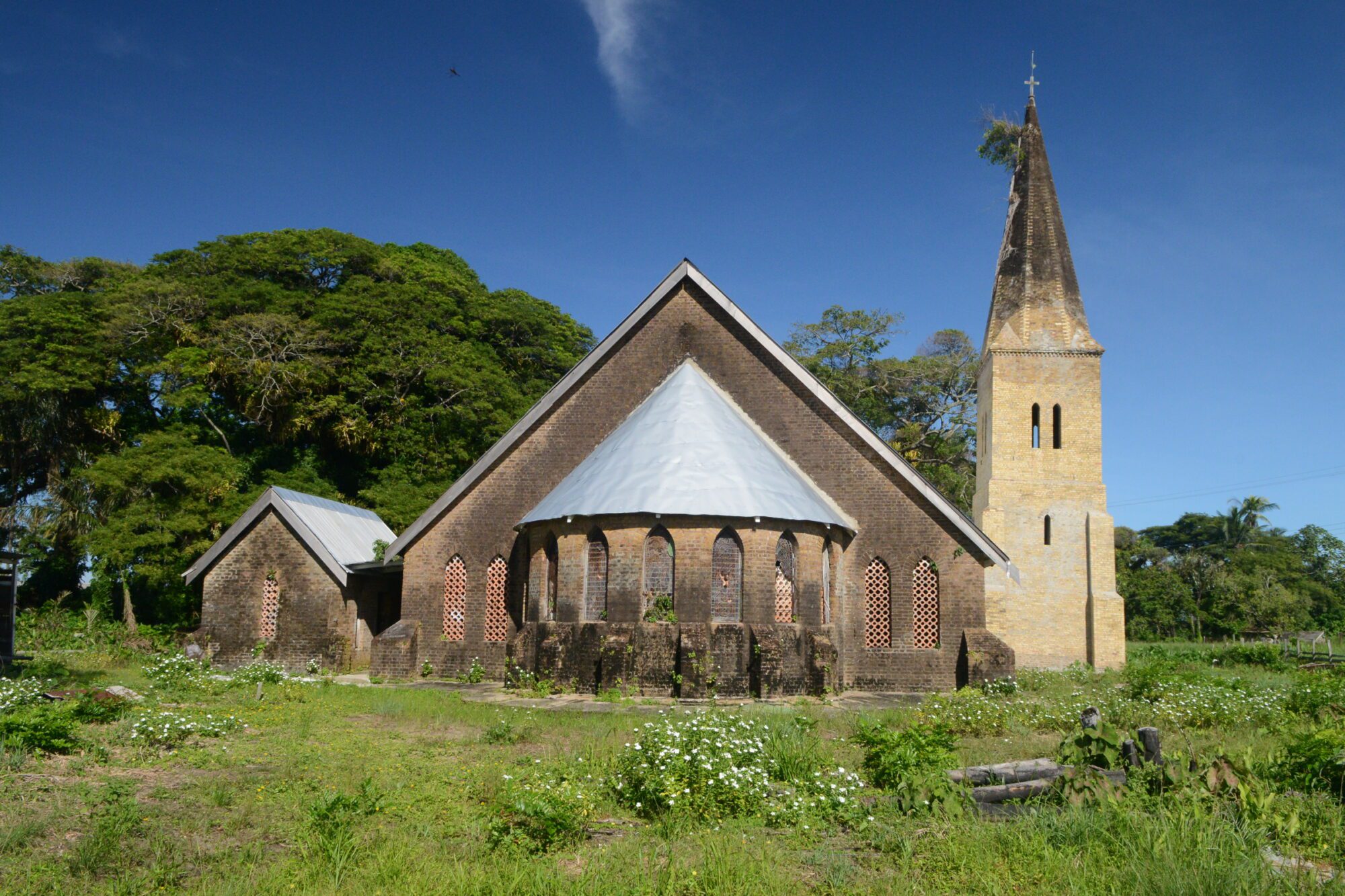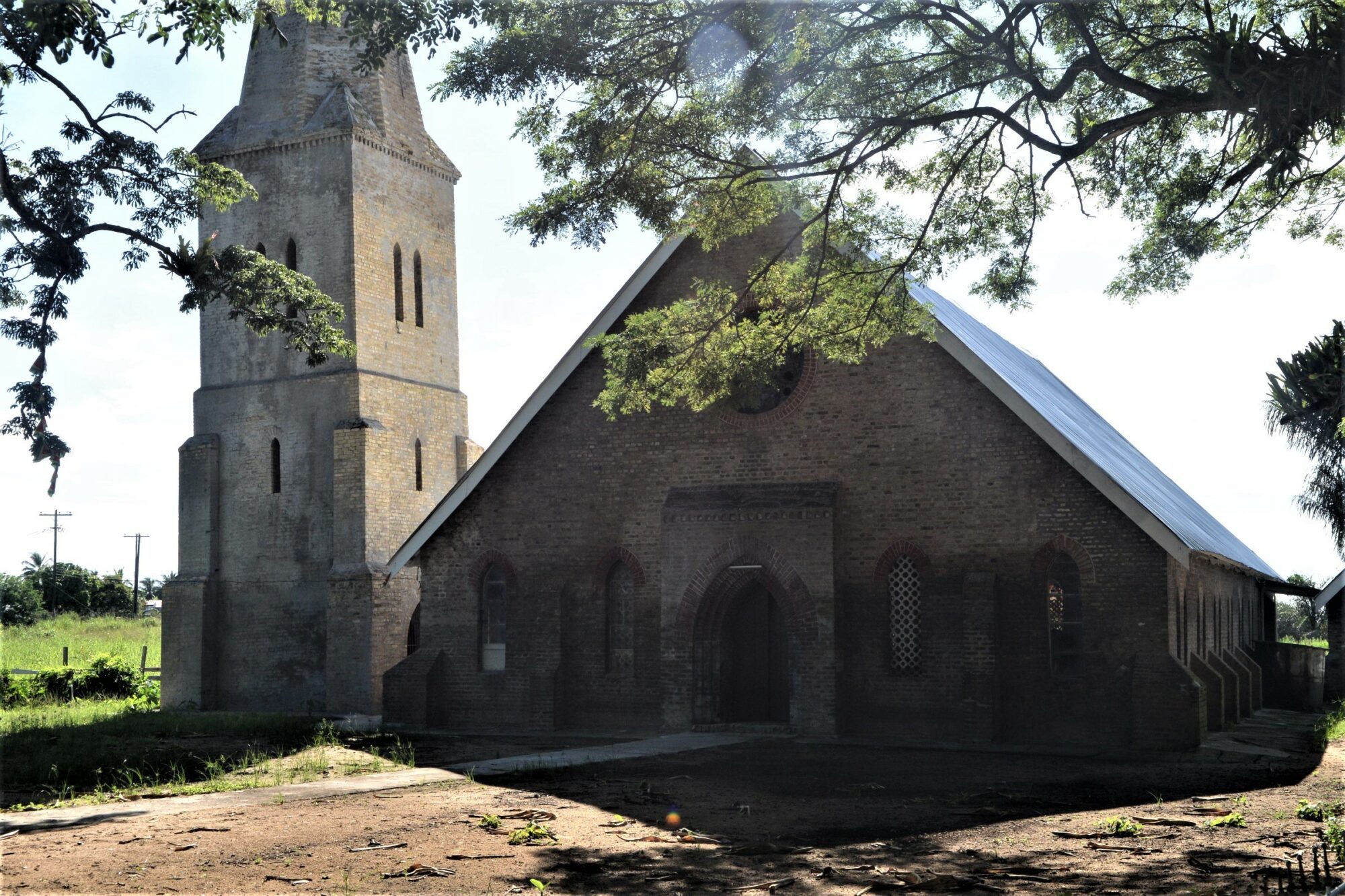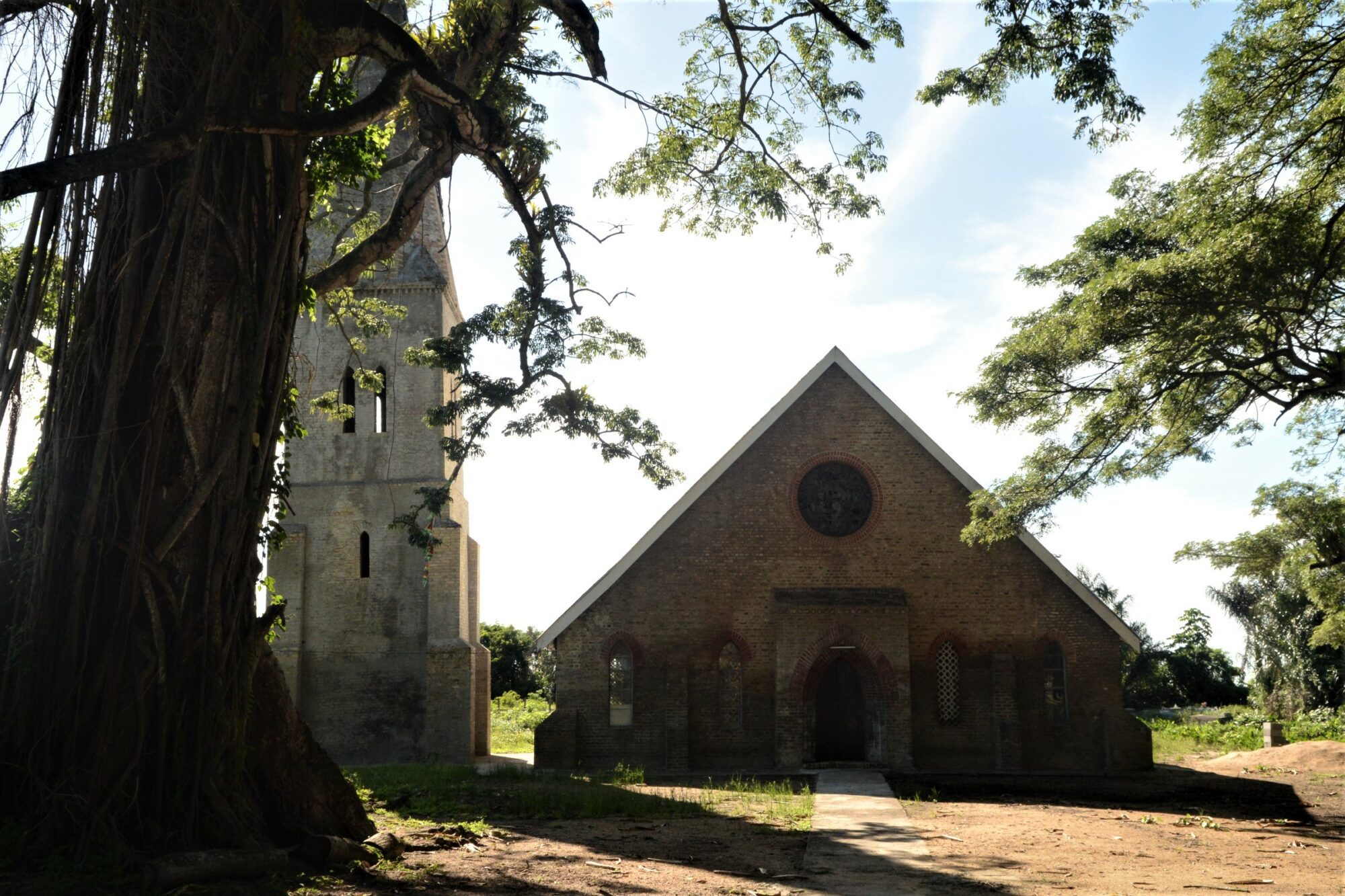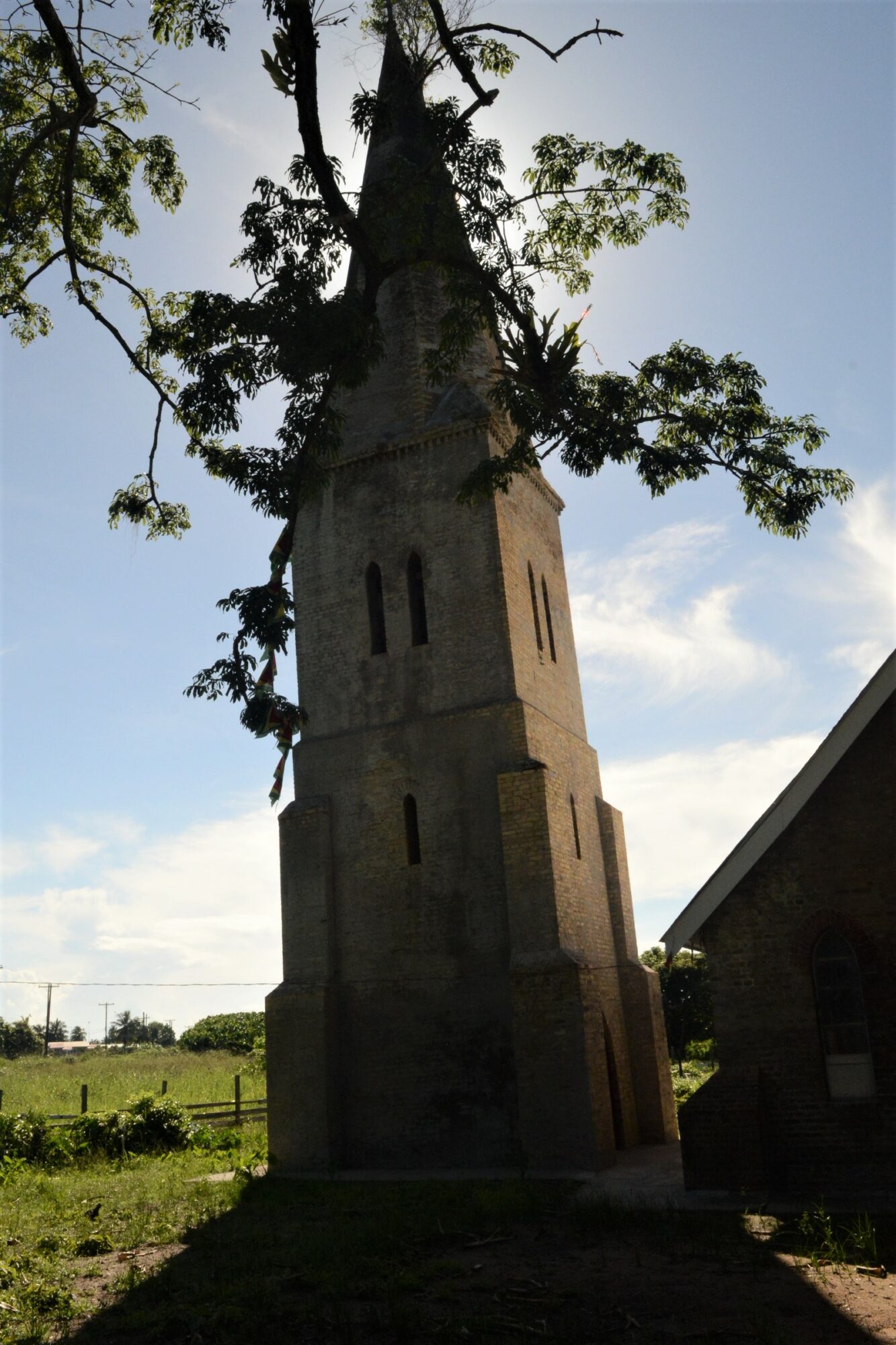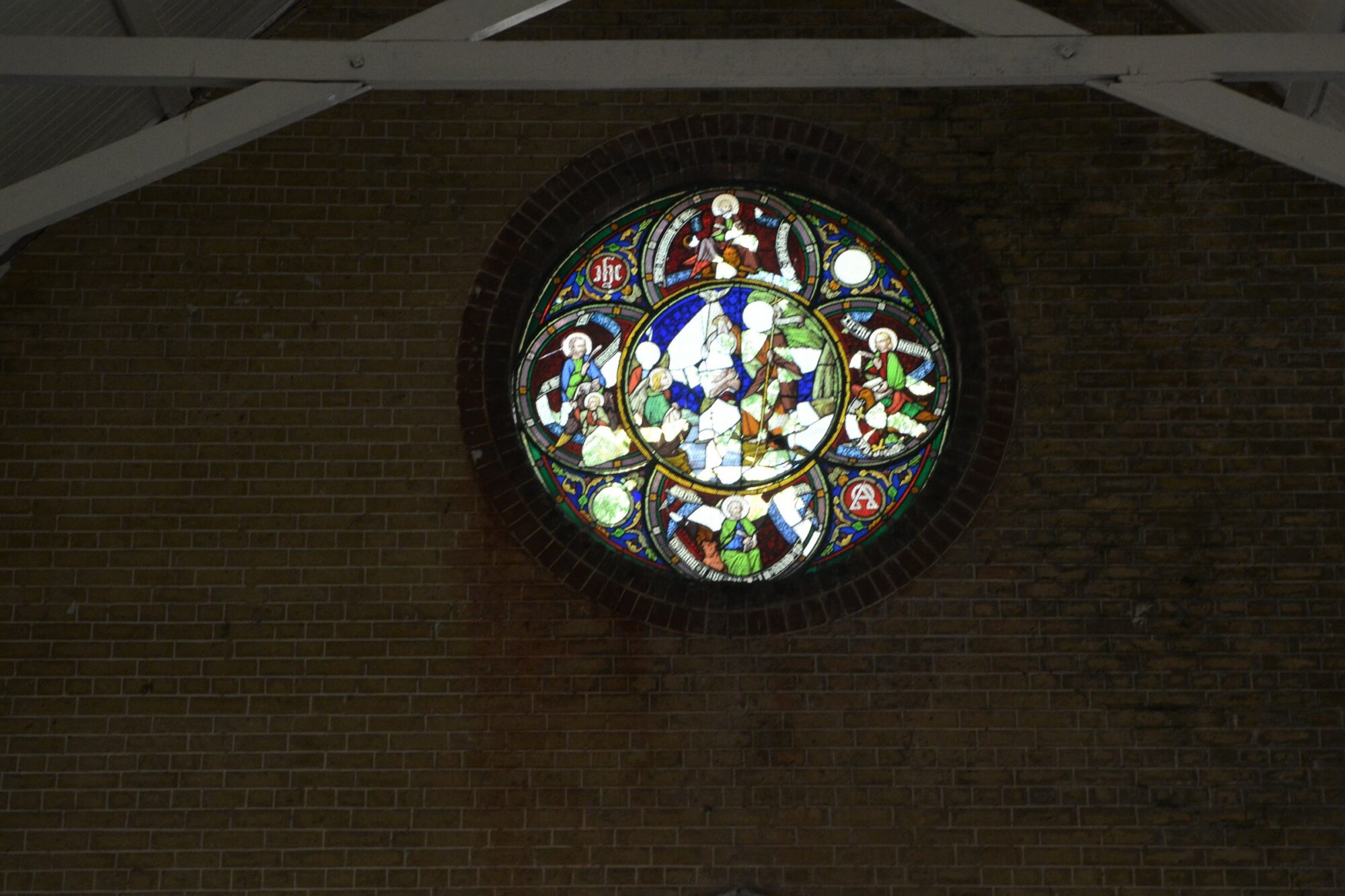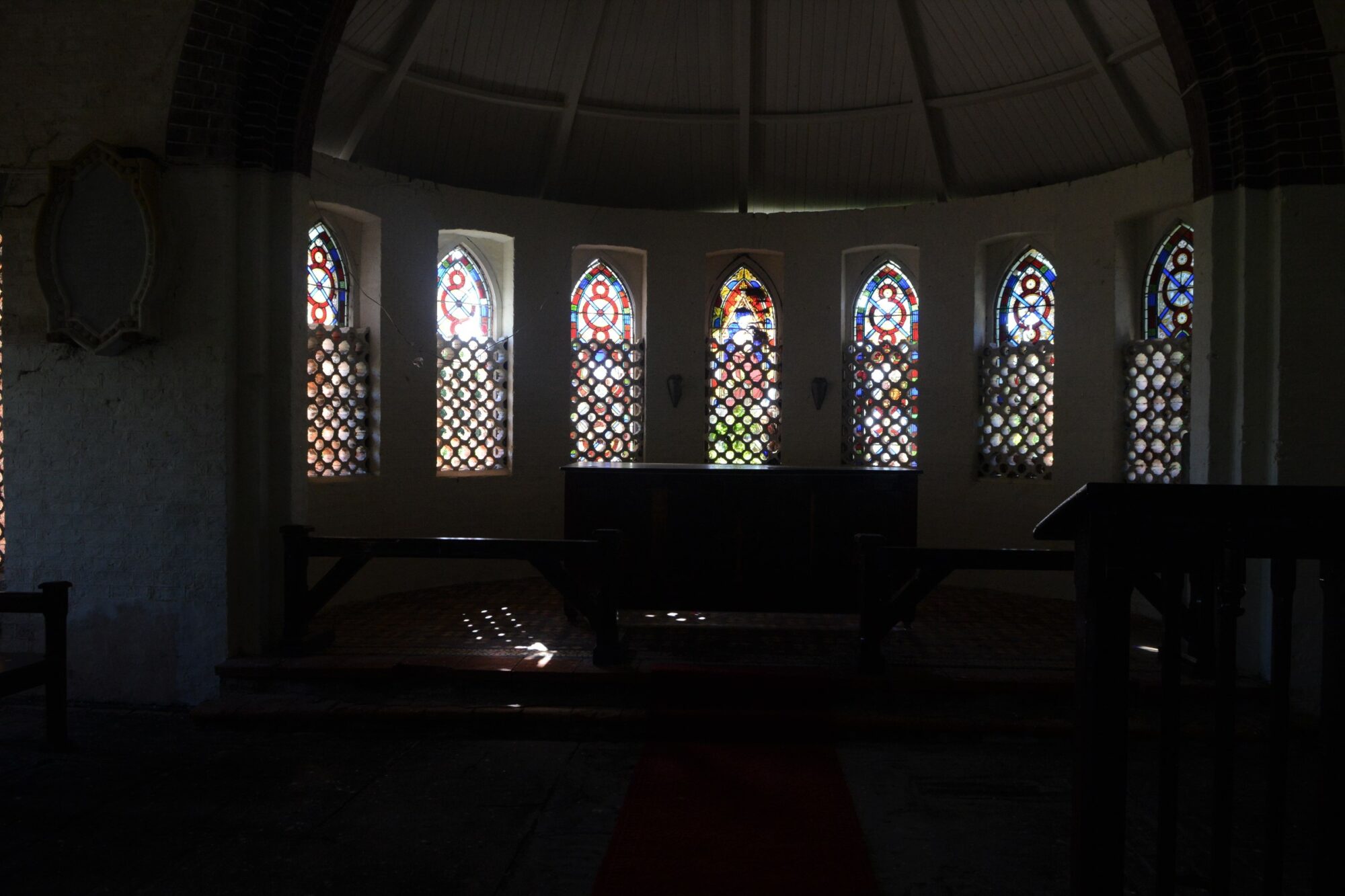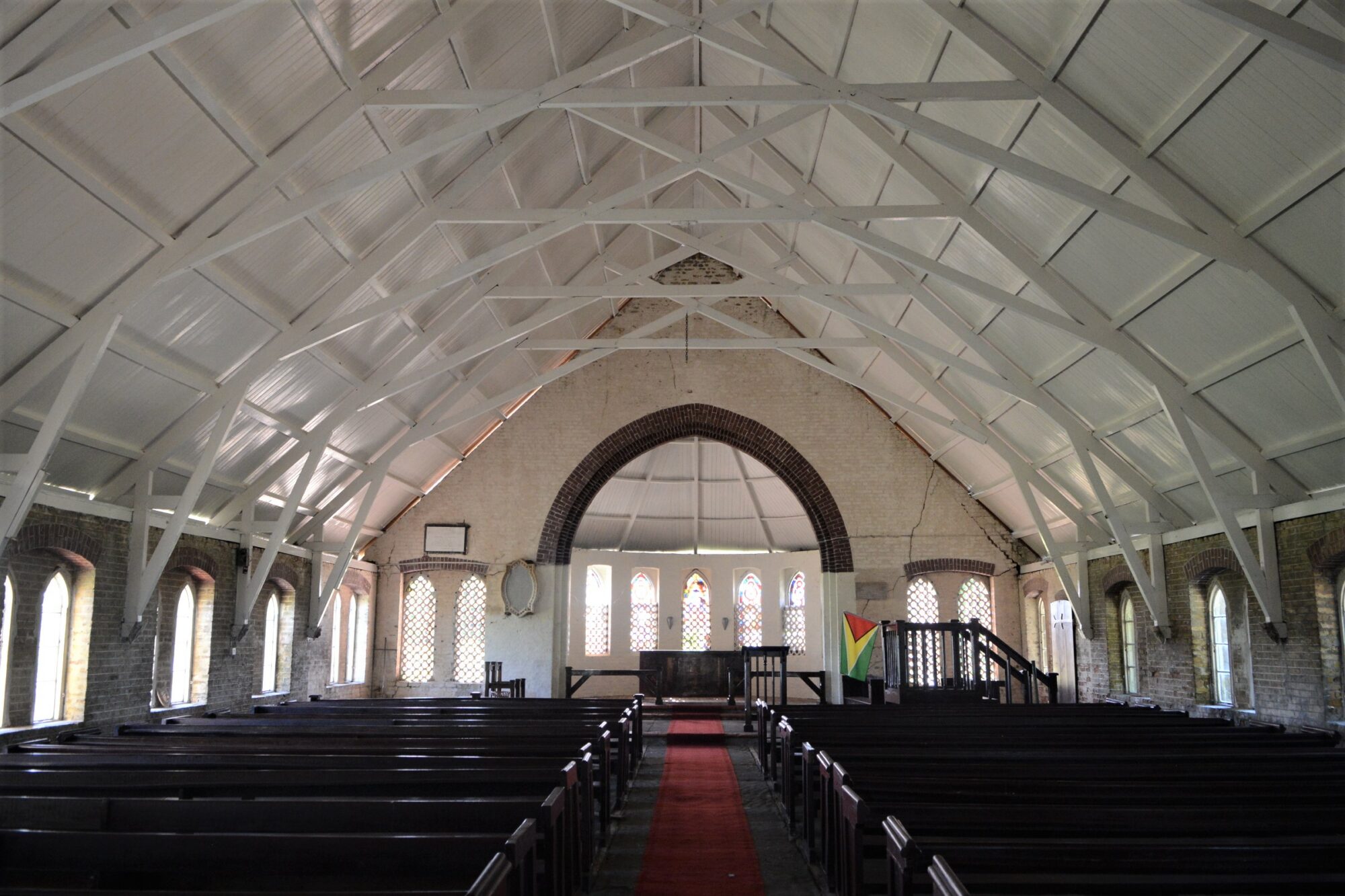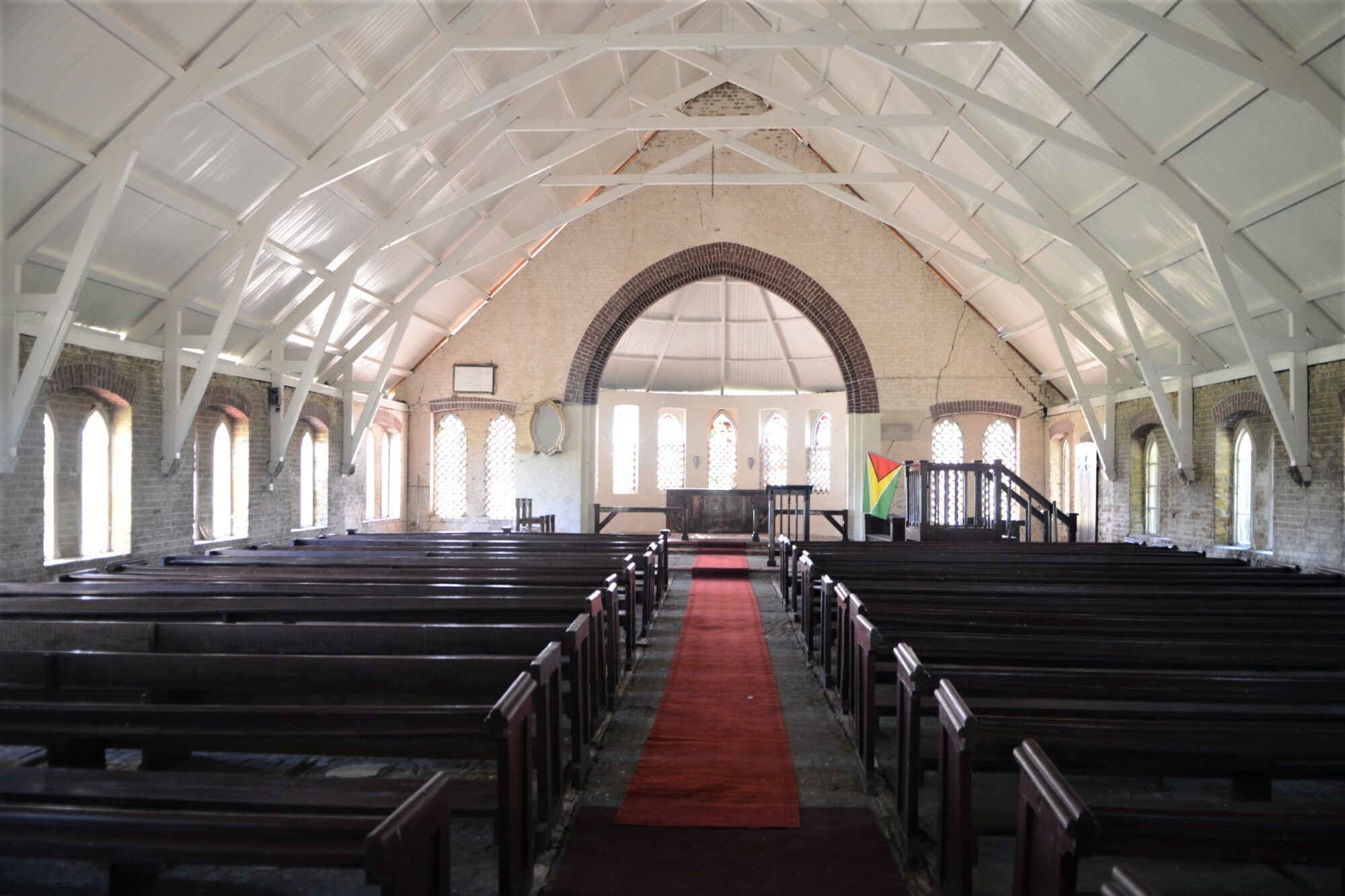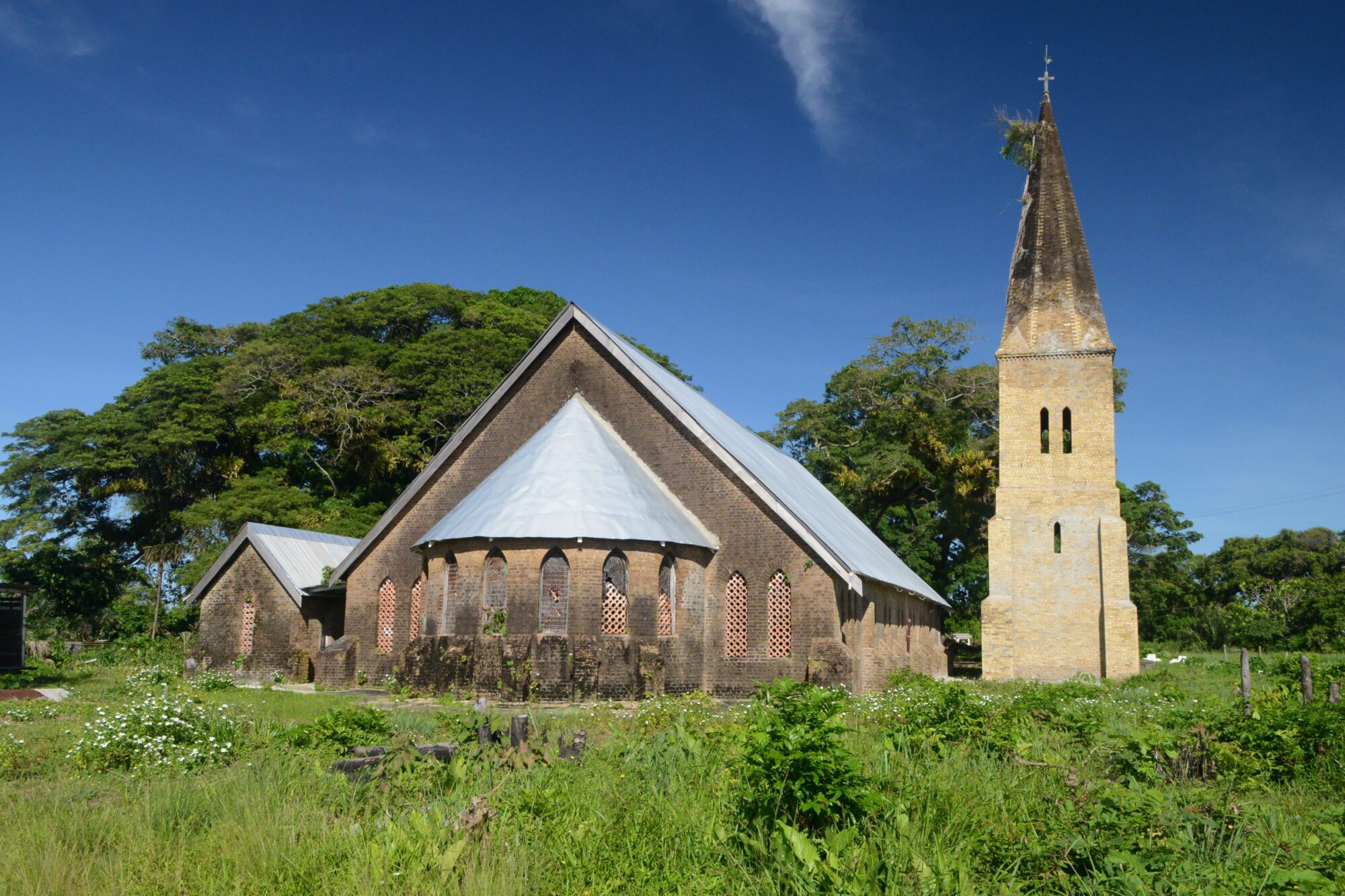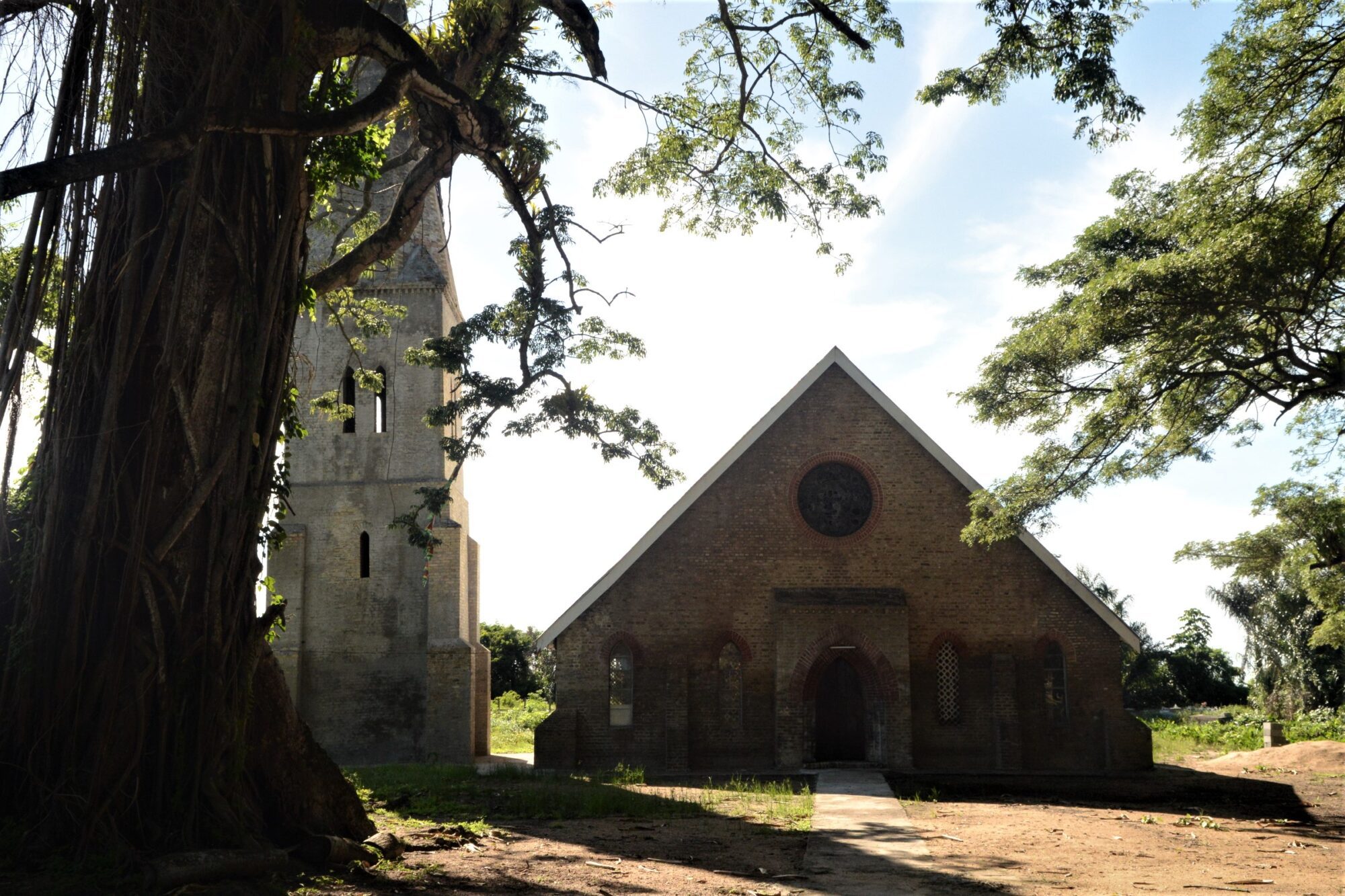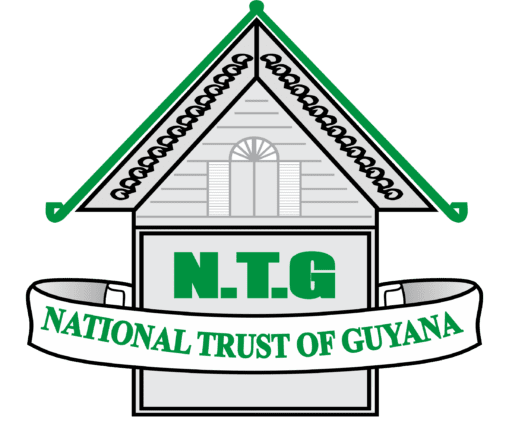Location: Leguan Island, Essequibo River
Classification: Religious
Period/ Year Built: Foundation stone laid 1853; consecrated 1855.
Historical Background / Description:
St. Peter’s Anglican Church was established circa 1827 by Reverend John Tucker and is located in the community of Enterprise on Leguan Island. The current structure is the second of two churches to be built on the site. The first church was completed by December 9, 1827; but prior to its erection, church services were held under a clump of bamboo trees near the church site.
By the late 1840s, the church was in a dilapidated state and calls were made for a new structure to be built. With Reverend F.J. Wyatt’s appointment as Rector of St. Paul, in October 1853, the desire for a new church gained momentum. The foundation stone for the second and current building was laid on August 1, 1853, by Lieutenant-Governor of British Guiana, Mr. William Walker.
The erection of the church was placed under the supervision of a building committee which comprised Reverend F.J. Wyatt, Dr. Edward G. Boughton and Mr. Thomas Clarke. St. Peter’s Anglican Church was designed by Colonial Civil Engineer Mr. J.F. Bourne under the oversight of Reverend Wyatt and Dr. Boughton. It was constructed at a cost of £2,500, of which, £1,000 was contributed by the Colonial Legislature. The remaining sum was contributed by private individuals and the Society for the Promotion of Christian Knowledge. The church was built of bricks and the roof was covered with wallaba shingles. Other features of the church include a detached bell tower surmounted by an octagonal brick spire; pointed arch stained glass windows; and the apse which illustrates the life events of St. Peter.
St. Peter’s Anglican Church was consecrated on St. Peter’s Day, on June 29, 1855, by Anglican Bishop, William Piercy Austin in the presence of the colony Governor, Mr. Philip. E. Wodehouse, the Governor’s Secretary, the Chief Justice, members of the Court of Policy and other prominent individuals. The wallaba shingles of the roof were later replaced with metal sheeting.
